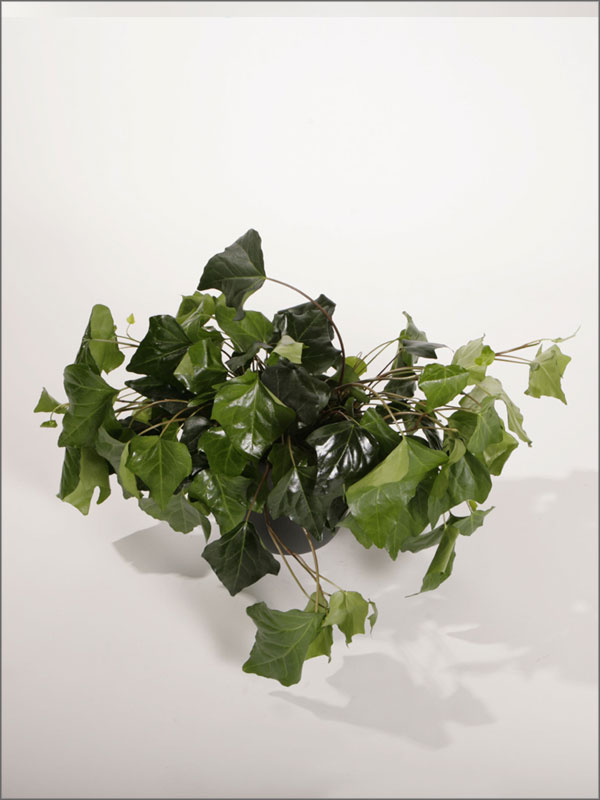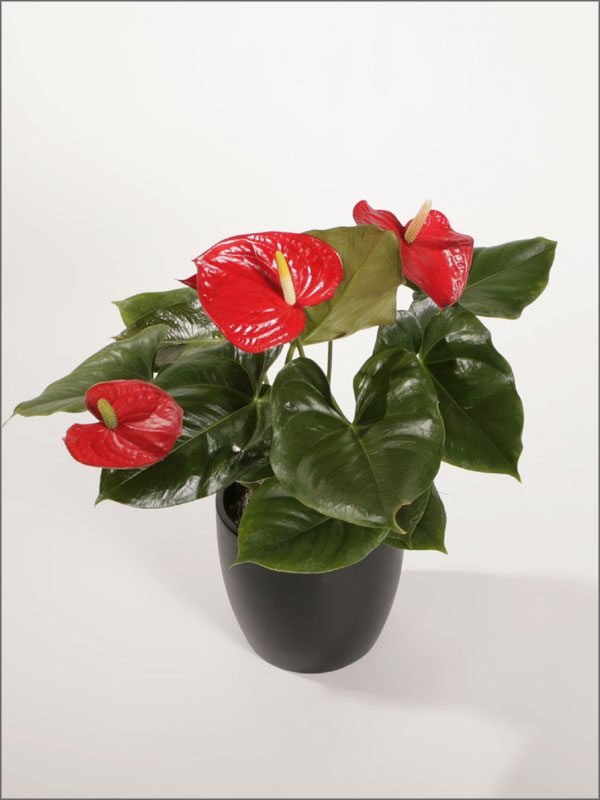Common Name: Clivia miniata
Light Needs
Bright light
Water Requirements
Water lightly
Description:
Clivia miniata is a wonderfully hardy, long-living, herbaceous plant with an exceptional bloom display at the end of winter. Clivias have thick, strap-like leaves and large, fleshy roots.
Most commonly used varieties: ‘Clivia gardenii, Clivia miniata, Clivia mirabilis, Clivia nobilis and Clivia robusta
Clivia miniata is a wonderfully hardy, long-living, herbaceous plant with an exceptional bloom display at the end of winter. Clivias have thick, strap-like leaves and large, fleshy roots. They should be cared for something like a succulent, allowing the roots to dry out completely between waterings, except just before and during flowering. The clusters of trumpet shaped flowers are usually salmon-orange in color, with yellow throats lasting four weeks under prime conditions.
These plants do well in a sunny or bright area, especially to encourage the bloom. They will survive in a lower light area but rarely flower.
Clivias are one of the easiest plants to care for. They can thrive on periods of underwatering and can be neglected without long-term damage. The large, thick roots prefer a thorough watering and then to dry down before the next addition of water.
Because Clivia can withstand cooler temperatures (down to about 40 degrees), and don’t mind temperature fluctuations, they can be a good choice for lobbies. Clivias prefer to be root bound, it seems to encourage them to bloom. Keep them in the same pot for five or more years just adding soil to the top as roots push up. If a time comes where they must be repotted simply divide the existing plants into clumps of five or so and replant with fresh soil. They need very little fertilizer, just add once per year. Tip burn is frequently due to excessive fertilizer (or too much water).
Mealybug can be a persistent pest that is hard to eliminate without leaf damage. Catch the population early and be persistent in treating. The bugs love to hang out down out of sight where the new leaves sprout from, and in the soil. Systemics work well in combination with a soap/alcohol spray.


